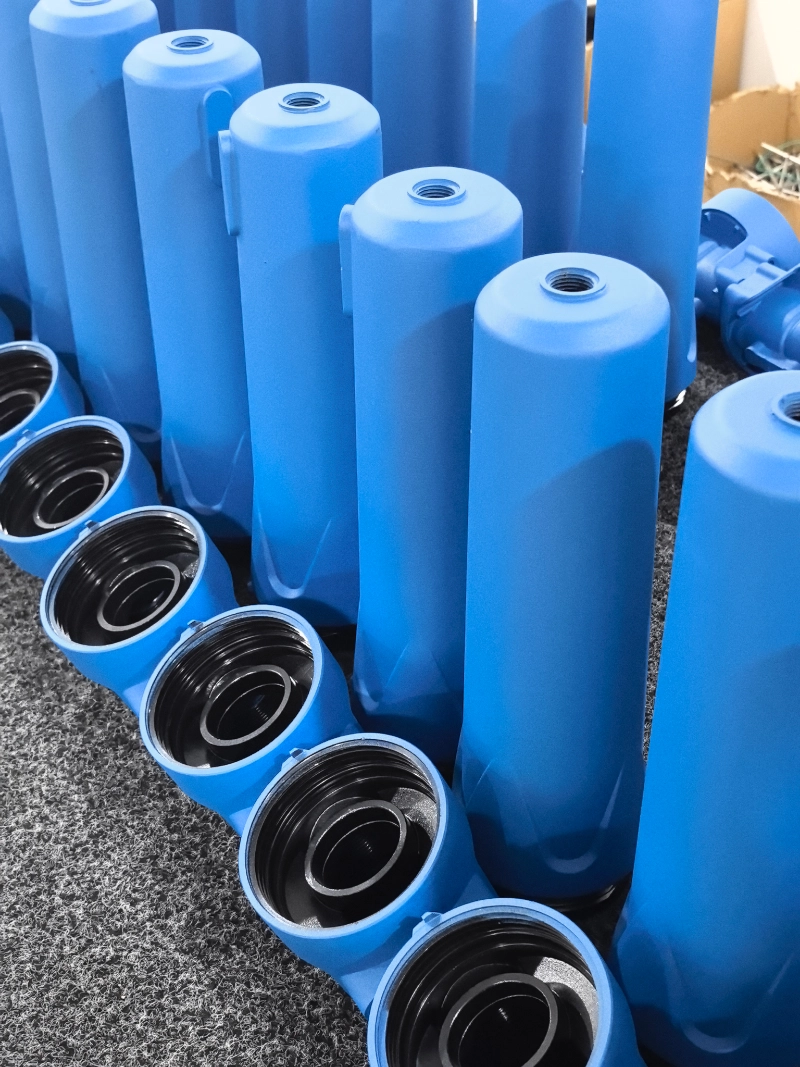When it comes to designing or renovating a space, the choice of ceiling material plays a crucial role in enhancing aesthetics, acoustics, and overall functionality. With a plethora of options available in the market, it can be overwhelming to determine the best material for your ceiling. In this blog post, we will delve into the various factors to consider and unveil the ideal material that meets your requirements.
- Understanding the Key Factors:
1.1 Aesthetics: The ceiling material should complement the overall design theme and create a visually appealing space.
1.2 Durability: Consider the lifespan of the material, its resistance to moisture, and potential for damage from environmental factors.
1.3 Acoustics: Evaluate the material's ability to absorb or reflect sound to achieve optimal acoustic performance.
1.4 Fire Safety: Ensure the material meets fire safety regulations and has appropriate fire-resistant properties.
1.5 Maintenance: Assess the ease of cleaning and maintenance required for the chosen material. - Exploring the Options:
2.1 Gypsum: Known for its versatility, gypsum offers a smooth finish, excellent fire resistance, and sound insulation properties. It can be molded into various designs, making it a popular choice for both residential and commercial spaces.
2.2 Metal: Metal ceilings provide a modern and industrial look while offering durability and easy maintenance. They are often used in commercial buildings, airports, and hospitals due to their fire-resistant properties.
2.3 Wood: Wooden ceilings add warmth and elegance to any space. They offer natural insulation, excellent acoustic properties, and can be customized to suit different design styles. However, they require regular maintenance and may not be suitable for high-moisture areas.
2.4 Acoustic Panels: These panels are specifically designed to absorb sound and improve the acoustic quality of a room. They are commonly used in theaters, recording studios, and conference rooms.
2.5 PVC: PVC ceilings are cost-effective, easy to install, and resistant to moisture, making them suitable for areas prone to humidity, such as bathrooms and kitchens. However, they may lack the aesthetic appeal of other materials. - Making the Right Choice:
Consider the specific requirements of your space and weigh the pros and cons of each material. For residential spaces, gypsum or wood ceilings may be ideal for their aesthetic appeal and acoustic properties. In commercial settings, metal or acoustic panels could be preferred for their durability and sound absorption capabilities. PVC ceilings are a practical choice for areas with high humidity.
Conclusion:
Choosing the best material for your ceiling involves a careful evaluation of aesthetics, durability, acoustics, fire safety, and maintenance requirements. By considering these factors and exploring the various options available, you can make an informed decision that enhances the overall functionality and visual appeal of your space.



More Stories
Water Based Car Spray Booth Solutions for Automotive Paint Systems
Shoring Props Explained: Types, Uses, and Safety Tips for Construction Projects
Why H20 Beams Are Essential for Large-Scale Construction and Infrastructure Projects